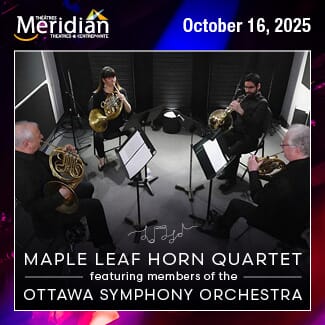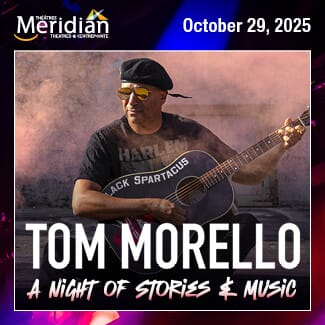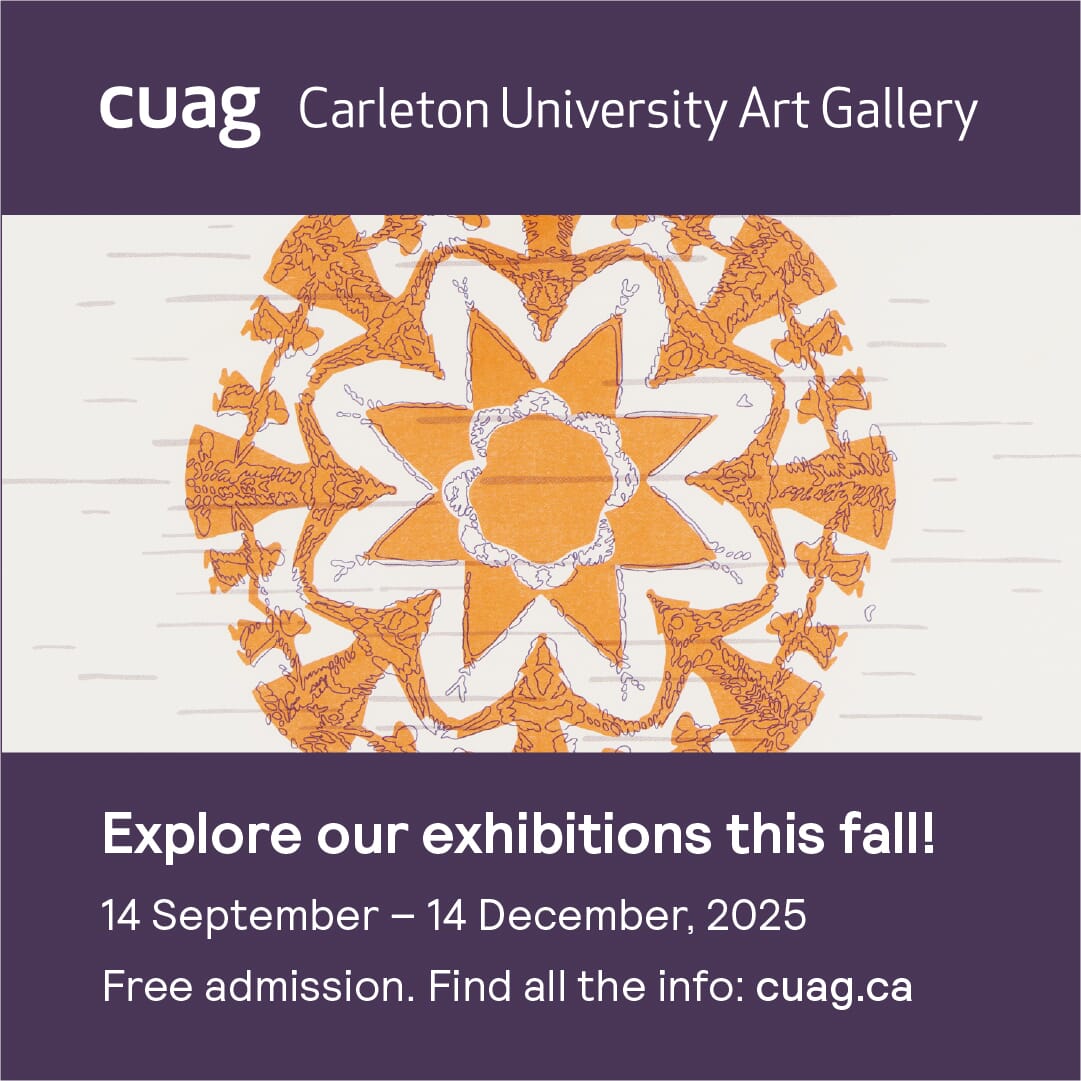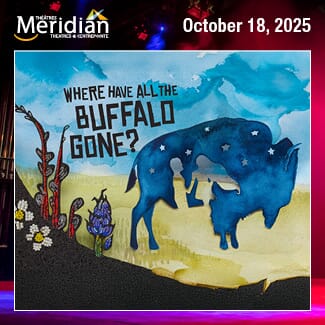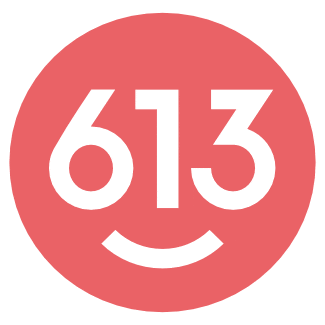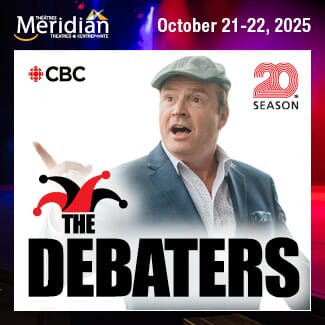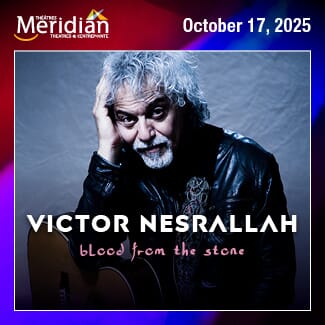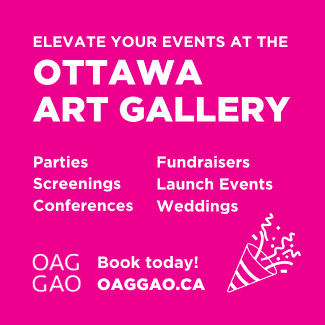In February, Dreamscapes premiered at Club SAW. It is a short experimental film that acts as an ode to the dreams many of us hold.
The film was created by the Ghost Rooster Collective, an all-women interdisciplinary group of disabled artists. Founded in 2021, the collective is composed of Rachel Gray, Elizabeth Emond-Stevenson, Amelia Griffin, Jess Huggett, and Liz Winkelaar.
Now, the short film is on its way to tour Canada, starting in Toronto on July 26.
Apt613 sat down with Ottawa-based Rachel Gray to talk about her creative process, the Ghost Rooster Collective, Dreamscapes, and the role of art in disability advocacy.
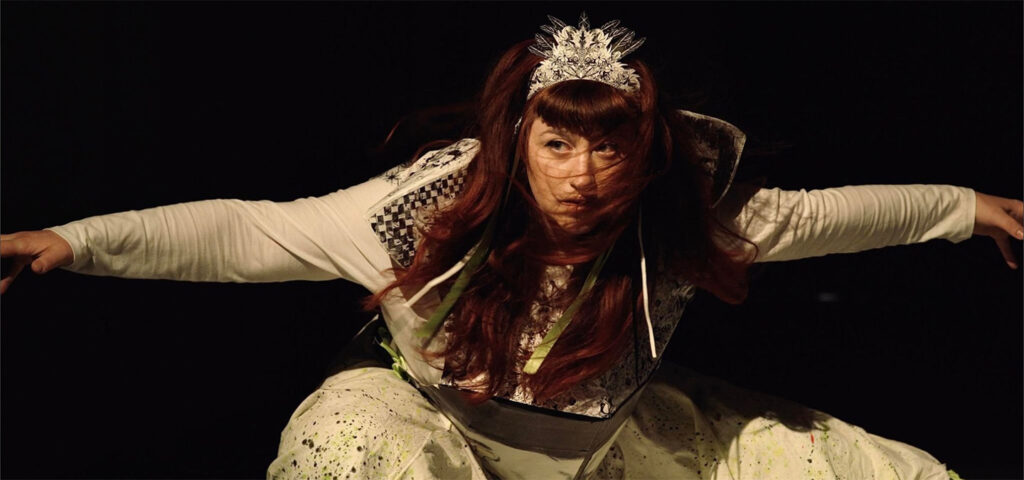
Dreamscapes. Screenshot from Ghost Rooster Collective website.
This interview has been edited for length and clarity.
Apt613: Tell me about how you started your creative journey. How did you start creating things that are meaningful to you?
Rachel Gray: I think like a lot of artists, I was drawn to art at a really young age, influenced by my experience growing up with learning disabilities. With that experience, you get a lot of feedback that you’re doing things wrong. Art was a place where mistakes didn’t happen, and it was a place where I could tell stories about my own experience. Since then, I’ve always been involved in storytelling in different ways.
I studied English, and then I went to art school, and when I graduated, I started working at BEING Studio, a studio space for artists with developmental disabilities. I learned a lot about disability arts and the community working there, so that had a really big impact on me.
What about the Ghost Rooster Collective?
Ghost Rooster is essentially a group of friends who created this film together. We initially were brought together by Jess Huggett, and we’d all worked together for different amounts of time.
We were meeting online, and each week we would share our dreams. The next week, we would make a creative response to somebody else’s dream. Something we noticed really quickly was that dreams were a place to learn a lot about one another and ourselves. It’s through that exploration that Dreamscapes happened.
For people who haven’t seen Dreamscapes, what can they expect from it?
It’s a film that draws on a lot of different creative disciplines. The other members of the collective are dancers, so we use movement as a language in the film, and we do a lot with costume and set design.
Our goal is really to bring the internal landscapes of Amelia’s dreams to life. Amelia would tell us about these different planes of reality that she experienced, and we would do our best to bring those experiences to life through movement and visuals.
The narration that runs through it comes from an interview. So it’s a blend of documentary and other creative disciplines to bring it to life in a way that’s a little bit different than someone just explaining to you.
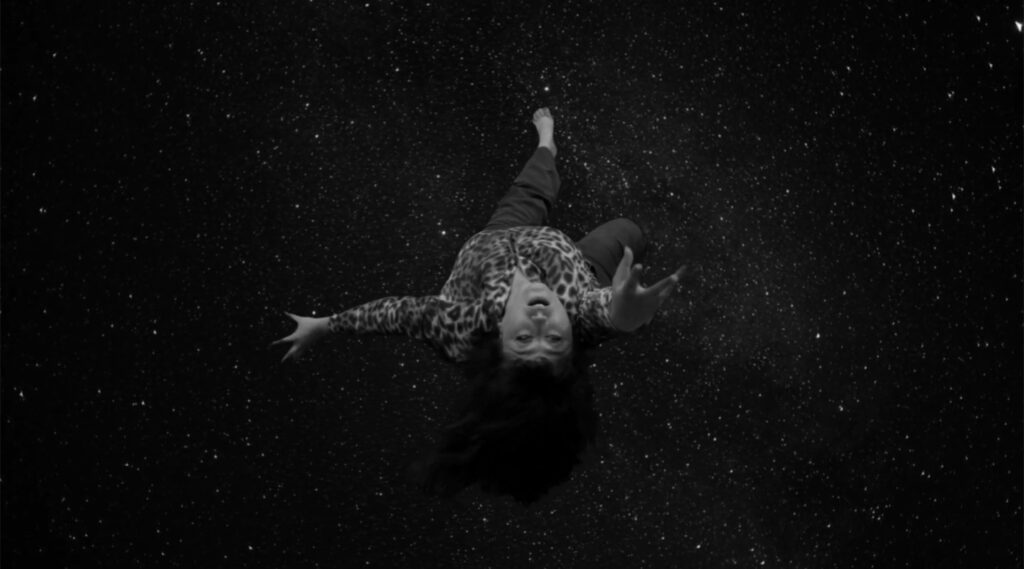
Dreamscapes. Screenshot from Ghost Rooster Collective website.
How was the film’s reception back in February at Club SAW?
It was awesome. We were thinking, how do we turn a screening into a live event as well? And so we organized a parade into the room, which I think really brought the audience and the space to life.
It was great to hear from people afterwards about what it brought up for them. Some people told me that they really felt like their experience was represented on screen, and that they appreciated it breaking a kind of silence or stigma.
What do you hope audiences will take from the film on tour?
We’re going to have a parade in each of the places the film is screening, and I think part of that is wanting to really do things in physical space. The parade is a lot about celebrating visibility, and making use of simple tools to bring something out of the ordinary into everyday life to form a point of connection for people.
Another thing I think is really important is the film’s depiction of healing. Healing is often talked about as a process you go through and then you complete. But healing is something that’s very complicated, and it’s cyclical. We wanted to create something that made people feel less alone, and that drew on the tools that we found to help us navigate difficult times.
Filmmaking can also be a really accessible medium. Going into this project, we didn’t have a lot of experience with film. We learned a lot through making it, and we were able to achieve a lot with very basic tools. That kind of DIY-scrappy aesthetic is something that we want to bring with us and celebrate, because these are tools that allow all sorts of communities to access this medium.
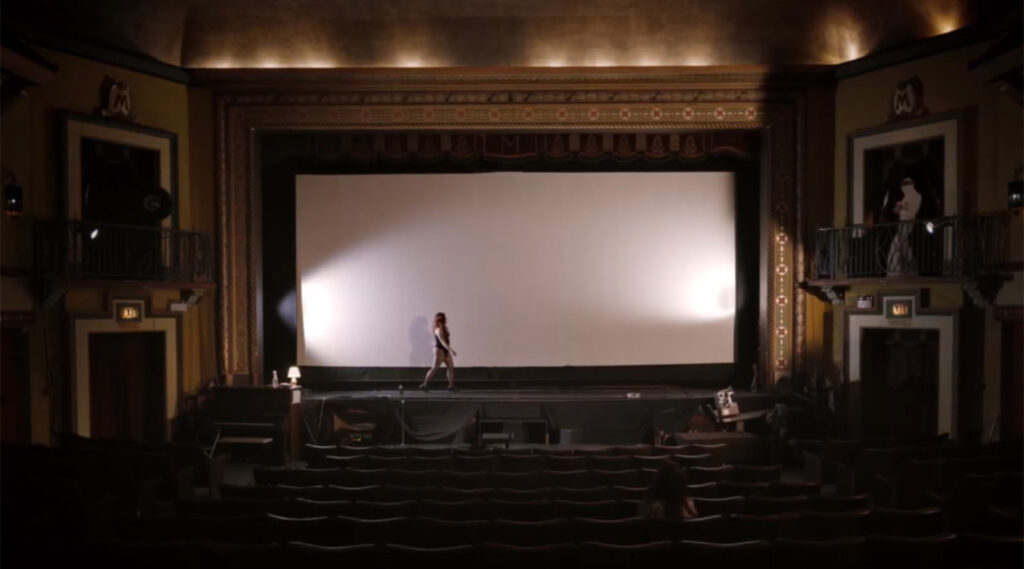
Dreamscapes. Screenshot from Ghost Rooster Collective website.
How do you incorporate accessibility into your work?
Accessibility is something that we think about from the very beginning. One thing that connects us as a group is a belief in accessibility as a creative spark. One of our artists uses a wheelchair, so trying to find spaces that are accessible was a challenge for the film and an interesting thing to navigate, because sometimes your creative vision is in conflict with what might be available in your city.
Dreamscapes has built-in ASL, it has captions, and we’re working with a blind artist to create a visually-described version of the film.
We also thought about it in terms of our communication: we tried to write in plain language, and we did much shorter filming days than on a typical set. Some interesting opportunities came out of that, because it created space for reflection and adaptation through the process.
We didn’t get accessibility right for ourselves all the time, and I’m sure as we share the film more, we’re going to find elements of it that are not accessible. That’s kind of part of the learning process.
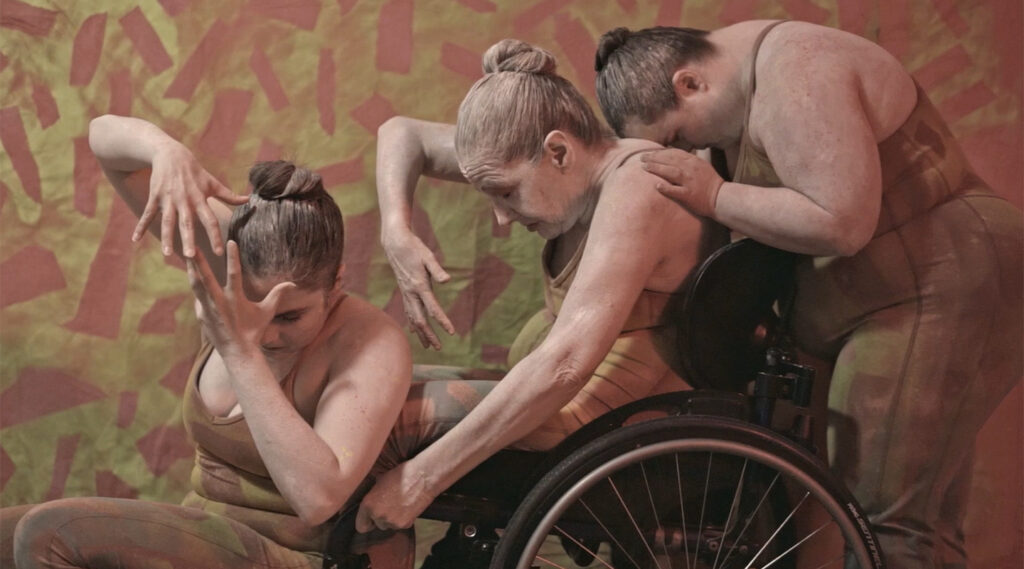
Dreamscapes. Screenshot from Ghost Rooster Collective website.
What do you think the role of art is in disability advocacy?
I think the role of art is huge in any kind of advocacy. I think it helps with fundamentally understanding people’s stories. If you’re a non disabled person, if you have the opportunity to experience disability art, you’ll understand the world in a different way.
A lot of the information about people with disabilities in the public consciousness is very inaccurate. And for a long time in film, you have non-disabled people playing disabled characters, and writing disabled characters. In that scenario, those kinds of damaging misconceptions just get perpetuated. And so, disabled artists, creating work and sharing their perspective helps to break those stigmatizing representations. It’s an extremely complex way of navigating the world, and it’s also not at all an uncommon one, despite the fact that we don’t see it that often.
Dreamscapes begins its tour in Toronto on July 26. For more information on the Ghost Rooster Collective, visit their website.







